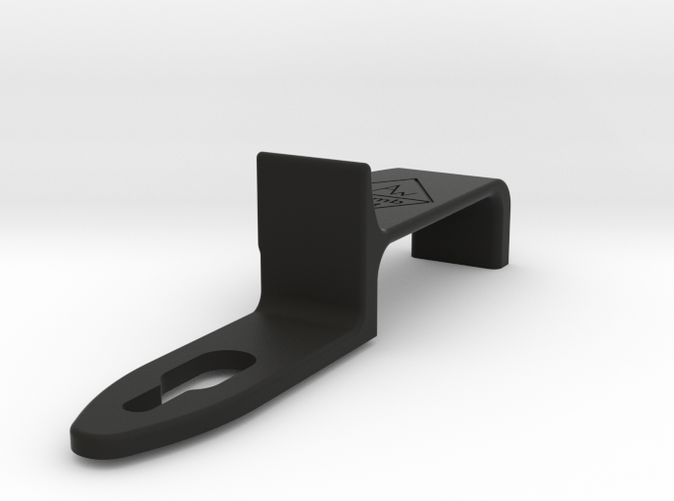If your sax is giving you thumb pain problems, it could be hand positioning, but it could also be the saxophone's fault.
After years away from playing, I'm recently starting practicing 2-3 hours a day for the past three months. Strangely, I've been having a lot of thumb pain in both my right and left thumbs, especially with one of my horns. That is, my 1950s Martin tenor has been giving me a lot of right and left thumb pain, but my 1970s Mark VI tenor doesn't.
It seems that one cause of the pain may have had to do with the different locations of their neck strap rings. One post on this website mentioned that some vintage horn strap rings might be placed a bit high because the manufacturers were presuming the horns would be played seated (like in Big Band) more than being played when standing. That also would explain why the 25-year older Martin hung at a teeth-chipping 15 degree angle when it hung from my neck, but the Mark VI hung at a more reasonable 30 degree angle.
One quick fix for this (and to test whether neck strap positioning was the problem) was to use a heavy-duty zip tie to attach a ring screw to the horn about 28mm lower and 4mm to the right of the original (see photos of my I-almost-flunked-metal-shop craftsmanship below). After a couple weeks of testing this out, this 30 cent fix seemed to take care of much of my thumb pain.
For a second, more permanent solution, I was going to have my technician move the strap ring on my horn. Then I found a really cool three-ring neck strap holder from Steve Goodson's Nation of Music that I asked my repair technician to solder to the horn without removing the original one. It's $30, but it is really sharp and will give me a lot of flexibility. The top ring will be at the 18mm mark, the second ring at the 28mm mark, and so on. I also kept the original neck strap ring on it.
Should anyone else be looking for a thumb pain solution to playing a vintage horn, this might be one to consider. Let me know if you need an extra zip tie or ring screw. I still have 9 of each left over.
![Image]()
![Image]()
After years away from playing, I'm recently starting practicing 2-3 hours a day for the past three months. Strangely, I've been having a lot of thumb pain in both my right and left thumbs, especially with one of my horns. That is, my 1950s Martin tenor has been giving me a lot of right and left thumb pain, but my 1970s Mark VI tenor doesn't.
It seems that one cause of the pain may have had to do with the different locations of their neck strap rings. One post on this website mentioned that some vintage horn strap rings might be placed a bit high because the manufacturers were presuming the horns would be played seated (like in Big Band) more than being played when standing. That also would explain why the 25-year older Martin hung at a teeth-chipping 15 degree angle when it hung from my neck, but the Mark VI hung at a more reasonable 30 degree angle.
One quick fix for this (and to test whether neck strap positioning was the problem) was to use a heavy-duty zip tie to attach a ring screw to the horn about 28mm lower and 4mm to the right of the original (see photos of my I-almost-flunked-metal-shop craftsmanship below). After a couple weeks of testing this out, this 30 cent fix seemed to take care of much of my thumb pain.
For a second, more permanent solution, I was going to have my technician move the strap ring on my horn. Then I found a really cool three-ring neck strap holder from Steve Goodson's Nation of Music that I asked my repair technician to solder to the horn without removing the original one. It's $30, but it is really sharp and will give me a lot of flexibility. The top ring will be at the 18mm mark, the second ring at the 28mm mark, and so on. I also kept the original neck strap ring on it.
Should anyone else be looking for a thumb pain solution to playing a vintage horn, this might be one to consider. Let me know if you need an extra zip tie or ring screw. I still have 9 of each left over.





